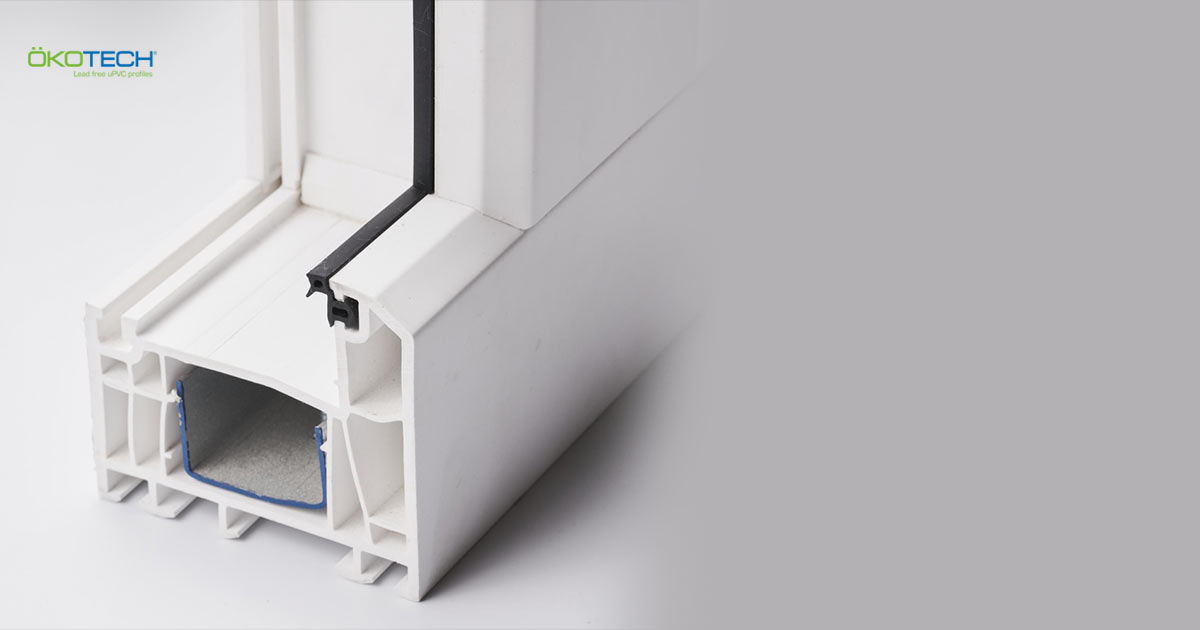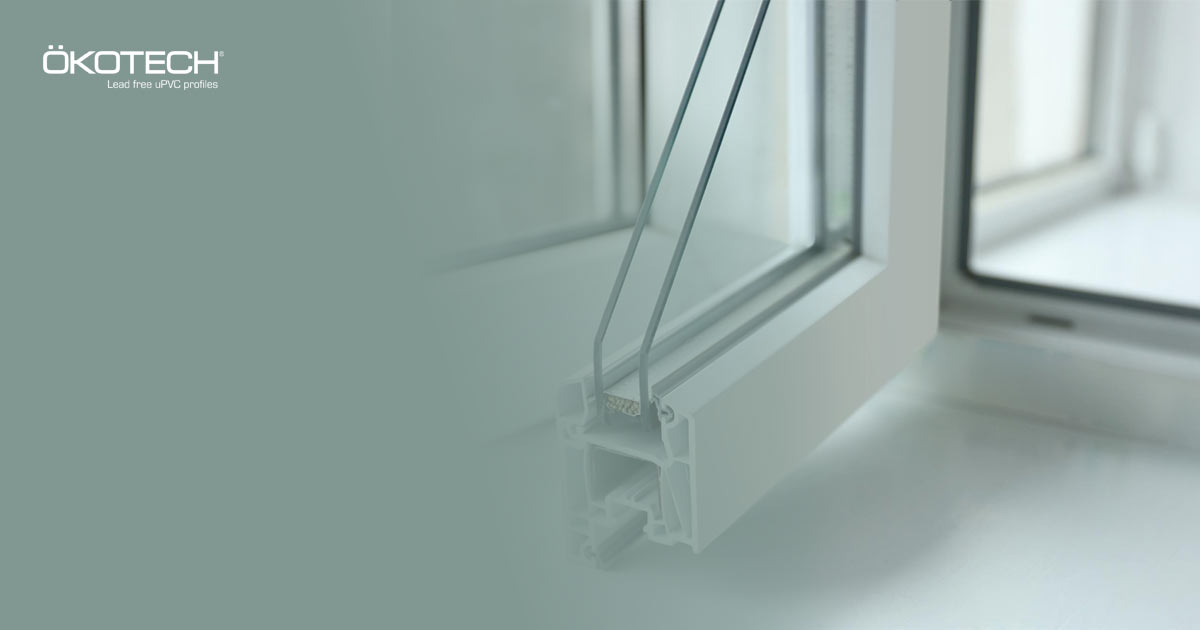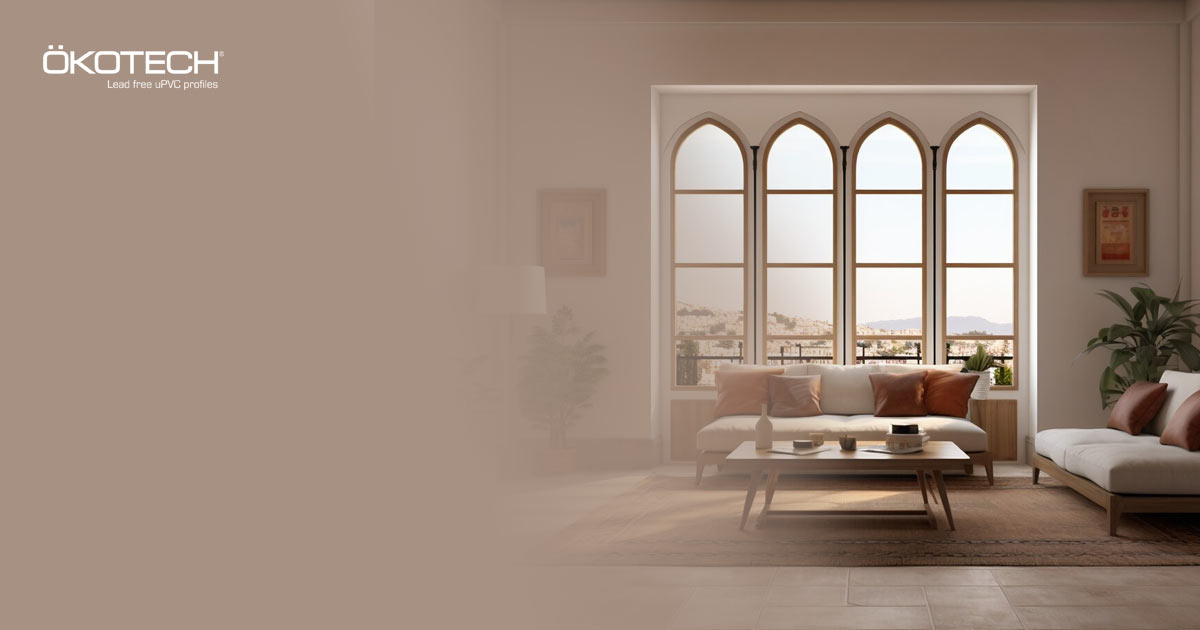The fine white powder that is a byproduct of making uPVC profiles is used by companies that make disinfectants, laundry detergents, and textiles. The market is growing due to the decreased price and increased accessibility. Reasons driving this growth include the increased need for these profiles as disinfectants, the prevalence of infectious diseases, and the use of uPVC windows in the pulp and paper industry. The market also has other applications in cleaning surfaces, walkways, and public facilities. The sector has surged due to the growing concern about wastewater and the detrimental effects of hazardous water discharge from industrial sites.
uPVC Profiles Manufacturing Plant Report
Raw Material Preparation
The uPVC Profile is a polyester chloride resin compound incorporating additives, lubricants, and stabilisers. The profile achieves an extended shelf life, improved durability, and resistance to ultraviolet radiation by combining high-quality components such as aluminium powder and calcium carbonate.
uPVC Extrusion Profiles
The absence of such conditions renders unattainable the extrusion of the resin mixture into a mould and the subsequent moulding of dice at temperatures ranging from 200 to 275 degrees Celsius. The manufacturing process of uPVC profiles commences with the melting of raw materials, followed by the contouring and chilling of the profiles in a water tank.
Cooling, Cutting, Packaging & Distribution
uPVC profiles are formed, chilled, and cut into standard shapes while protective film and labelling are applied. Following extrusion moulding, profiles undergo rapid solidification and refrigeration in a chilled water reservoir. The dimensions and specifications ascertain personalisation levels before cutting and packaging. The fundamental concerns of packaging are product differentiation and logistics management.
Reinforced Profiles
uPVC profiles reinforced with galvanised steel provide many benefits, including enhanced security, resistance to fire and electricity, reduced sound transmission, water tightness, and quality assurance. These premium uPVC products are well-suited for implementation in climates ranging from -50 to 70°C owing to their exceptional durability exceeding 30 years, resistance to ultraviolet radiation, and tensile strength.
Read Also, uPVC Window Profile Lifespan
FAQs
What is the process of extrusion of the uPVC profile?
Extrusion profiles are formed by pulling and stretching the precisely mixed mixture using automatic mixing equipment.
How are uPVC profiles manufactured?
Making uPVC profiles involves careful blending of raw ingredients, extrusion in moulds, casting into a die, cooling, testing, packaging, and distribution.



